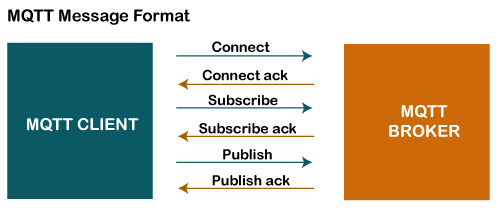Challenge - Since, script interacts with hudson library Jenkins restricts accessing hudson layer directly.
Script and various hudson methods have to be explicitly approved in Jenkins in-process Script Approval plugin
def testResult = build.getAction(hudson.tasks.junit.TestResultAction.class)
def totalCount = "NA", failCount = "NA", skipCount = "NA", passCount = "NA", fail_per = "NA", skip_per = "NA", pass_per = "NA"
def job = build.getProject().getName()
def build_number = build.getNumber()
def build_status = build.getResult()
def build_url = build.getUrl()
if (testResult != null) {
logger.println("test result found")
totalCount = testResult.getTotalCount()
failCount = testResult.getFailCount()
skipCount = testResult.getSkipCount()
passCount = totalCount - failCount - skipCount
fail_per = (totalCount > 0) ? ((failCount / totalCount) * 100).intValue() : 0
skip_per = (totalCount > 0) ? ((skipCount / totalCount) * 100).intValue() : 0
pass_per = 100 - (fail_per + skip_per)
def failed_tests_refs_rows = ""
def text_to_strip = "Ubicquia_Tests.Test_Components.Framework_Update."
def counter = 0
if(failCount>0) {
logger.println("---------------------------------------------------------------Failed Tests Details For ${failCount} Tests Are Printed Below---------------------------------------------------------------------------------------------------------------:")
def failedTests = testResult.getFailedTests()
failedTests.each { test ->
counter = counter + 1
def name = test.getName() // Test method name
def className = test.getClassName() // Fully qualified class name
className = className - text_to_strip
def errorDetails = test.getErrorDetails() // Error message
logger.println("${counter } -> Test Fails -> ${className} \nError Details -> ${errorDetails}")
def row_background = (counter %2 ==0)? "style='background-color: #e6f3ff;'": "" //set light blue for alternate row starting from
failed_tests_refs_rows = failed_tests_refs_rows + "<tr ${row_background}><td>${counter}</td><td>${name}</td><td style='text-align: left;'>${className}</td><td style='text-align: left;'>${errorDetails}</td></tr>"
}
logger.println("---------------------------------------------------------------Failed Tests Details For ${failCount} Tests Ends---------------------------------------------------------------------------------------------------------------:")
}
def summary = """
<!DOCTYPE html>
<html>
<head>
<style>
table {
font-family: arial, sans-serif;
border-collapse: collapse;
width: 100%;
}
td, th {
border: 2px solid #dddddd;
text-align: center;
vertical-align: middle;
padding: 8px;
}
</style>
</head>
<body>
<table>
<table>
<tr><td><h3>${job} - ${build_number} - ${build_status}</h3></td></tr>
</table>
<table>
<tr><th>Jenkins URL</th><th>Total Tests</th><th>Total Pass</th><th>Total Fail</th><th>Total Skip</th></tr>
<tr><td style='text-align: left;'><a href='${build_url}'>${build_url}</td><td>${totalCount}</td><td>${passCount} ( ${pass_per}% )</td><td>${failCount} ( ${fail_per}% )</td><td>${skipCount} ( ${skip_per}% )</td></tr>
</table>
<table class='details-table'>
<tr><th>Serial Number</th><th>Failed Tests</th><th>Class Name</th><th>Error Details</th></tr>${failed_tests_refs_rows}
</table>
</table>
</body>
</html>
""".toString()
msg.setContent(summary, "text/html")
}
else{
logger.println("test result not found")
}
logger.println("Test results: Total Test =${totalCount}, Total Passed=${passCount} (${pass_per}%), Total Failed=${failCount} (${fail_per}%), Total Skipped = ${skipCount} (${skip_per}%)")


